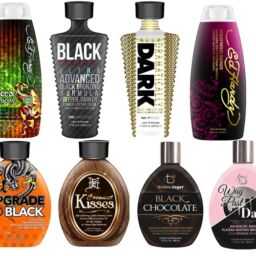Skin cancer continues to be the most commonly diagnosed form of cancer in the United States. Skin cancer remains the second most common cancer for women between the ages of 20-29 years old. Many skin cancers are directly linked to both indoor and outdoor tanning behaviors. Although outdoor tanning occurs through a variety of avenues (sports, workplace, etc.) indoor tanning in the United States mainly occurs within tanning salons with special tanning beds.
Tanning beds are specially designed devices that emit UV radiation and light during a predetermined amount of time. Recently, the International Agency for Research on Cancer (IARC) classified tanning beds as carcinogenic to human. This is their most serious classification and helped to reinforce the decisions of many states to ban the use of tanning beds for people under the age of 16 and to require parental consent for anyone under the age of 18.
Interestingly, several high profile cases of skin cancer among beauty pageant participants have led to multiple pushes for more restrictive tanning laws in a variety of different states. Although it may seem that this push against tanning is only in the United States, it has truly became an international fight. Several western European Countries have enacted similar restrictions and Brazil and five of Australia’s states have banned tanning completely.
Of people who do use tanning beds there are several behaviors that are particularly risky. These are:
- Failing to wear the provided goggles (this can cause severe eye issues or even ocular melanoma)
- Beginning with long exposures – this can cause burning
- Failing to follow the manufacturer recommended exposure times that are based on skin type
- Tanning while using medications that may make you more sensitive to UV rays.
- Tanning while under the age of 16 – the younger an individual begins tanning the more likely their chances of developing skin cancer.
Although many tanning companies may claim that indoor tanning is the “safest way to get vitamin D” this is simply not true. The majority of Americans are able to receive their recommended amount of Vitamin D through their diets and normal everyday sunlight exposure. The FDA and FTC have recently begun to investigate and prosecute major tanning bed companies in regards to multiple false claims regarding the vitamin D statements.
In conclusion, tanning beds are a dangerous habit. The United States still has thousands of salons that offer tanning, but regulations are becoming stricter and more prevalent. Of particular concern is the wide amount of false and misinformation regarding the safety of indoor tanning. The Surgeon general, along with the CDC and FDA, are steadily working to help raise public awareness about the dangers of indoor tanning.


